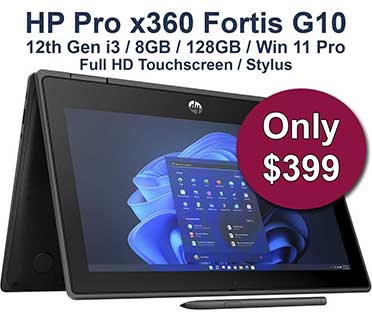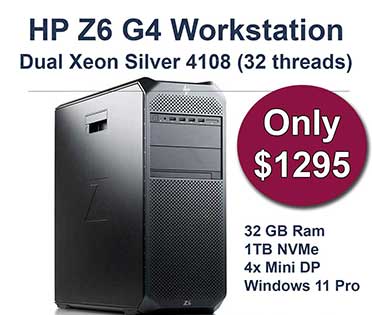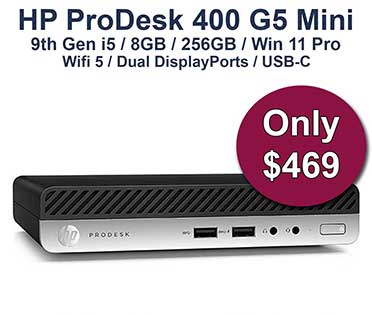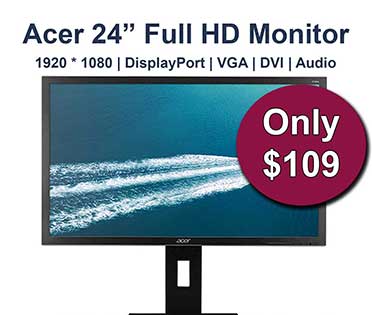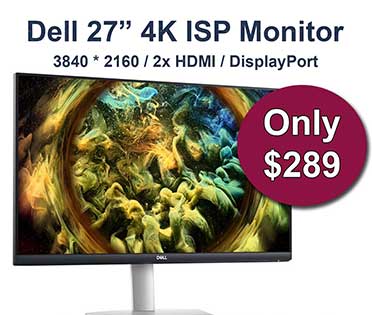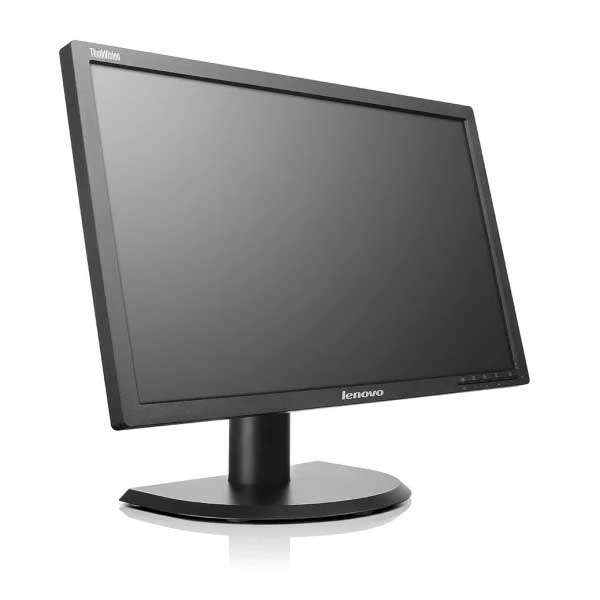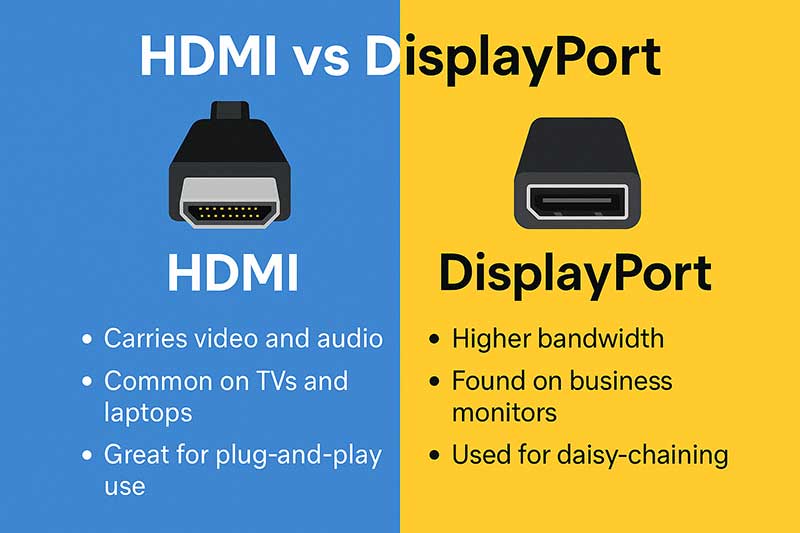When you’re plugging in a monitor or docking station, you might notice two similar-looking ports — HDMI and DisplayPort. At a glance, they can be easily confused. But there are key differences between the two, and knowing which is which can save you a lot of hassle.
🧩 What Are HDMI and DisplayPort?
Both HDMI and DisplayPort are digital video and audio interfaces used to connect monitors, TVs, and other displays to computers and devices.
But they have different shapes, features, and compatibility levels.
🔌 HDMI (High-Definition Multimedia Interface)
HDMI is the more familiar of the two, commonly found on TVs, gaming consoles, projectors, and most consumer-grade laptops and desktops.
Key Features:
- Carries video and audio
- Found on most TVs, laptops, and monitors
- Great for plug-and-play setups
- Supports HDCP (used for protected content like Netflix)
Use it for:
General display use, TVs, home theatre, simple monitor setups.
🖥️ DisplayPort (DP)
DisplayPort is more common on business-grade monitors and laptops, and especially on refurbished ex-lease devices.
Key Features:
- Higher bandwidth (better for higher resolutions or refresh rates)
- Often used in multi-monitor (daisy chain) setups via DisplayPort MST
- Carries both video and audio (though not as commonly used for audio)
- Found on many Dell, HP, and Lenovo business devices
Use it for:
High-resolution displays, daisy-chaining multiple monitors, workstation setups.
🔄 What About the Connectors?
This is where confusion happens:
| Connector | Shape | Common Confusion |
|---|---|---|
| HDMI | Rectangular with two angled corners | Very common on home devices |
| DisplayPort | Rectangular with one corner cut off | Looks similar, but not interchangeable |
| Mini DisplayPort | Small square port | Often confused with Thunderbolt |
⚠️ Important:
You can’t plug an HDMI cable into a DisplayPort, and vice versa — unless you use an active adapter or a dedicated cable that converts one format to another.
🧠 TL;DR — Which Should I Use?
- HDMI: Use for general displays, TVs, and most consumer laptops.
- DisplayPort: Use for business-grade monitors, high refresh rates, or daisy-chaining.
If your refurbished laptop or desktop from NZ Laptop Wholesale has DisplayPort, it’s a sign you’re working with a business-class device. Just be sure your monitor or docking station matches the port type — or grab an adapter if needed.
📦 Need a Cable or Adapter?
We often stock DisplayPort and HDMI cables, plus dual monitor bundles and docking stations that support both. Check out our accessories here →


